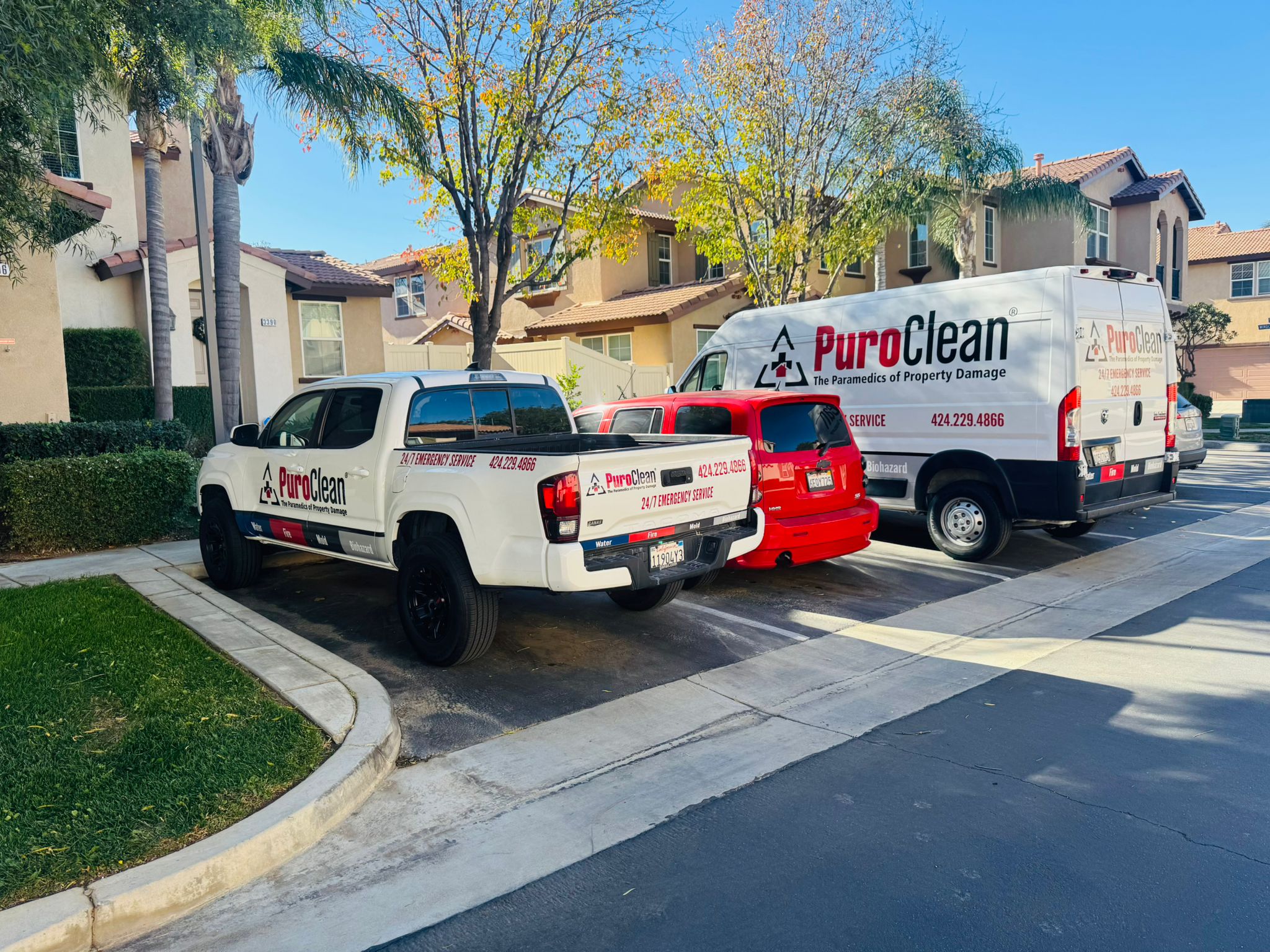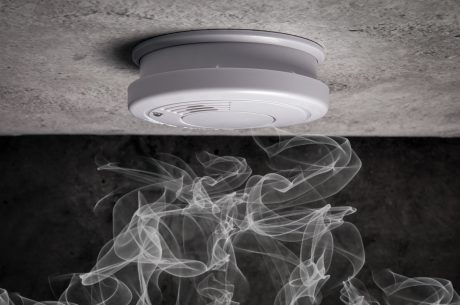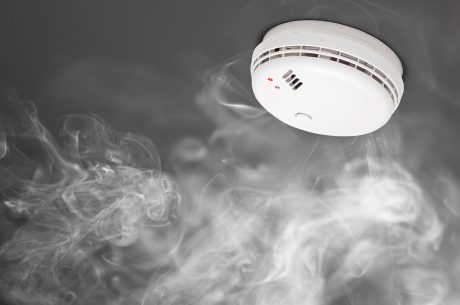Hey there, imagine coming home after a small kitchen fire, thinking the worst is over, only to notice that lingering smoky smell every time your AC kicks on. That’s the sneaky side of smoke damage— it creeps into your HVAC system, turning your home’s lifeline for comfort into a hidden hazard. I’ve seen it firsthand with friends who’ve dealt with wildfires out west, where ash travels miles and clogs everything. But don’t worry; this guide on smoke damage HVAC cleaning will walk you through it all, from spotting the signs to getting your air flowing clean again. Drawing from expert advice like EPA guidelines and real restoration stories, we’ll make this straightforward and empowering.
Table of Contents
Let’s dive in and turn that post-fire chaos into a fresh start.
Signs Your HVAC Needs Smoke Damage Cleaning
Look for sooty vents, persistent odors, reduced airflow, or unusual noises— these signal contamination from fire smoke removal needs.
You know that acrid smell that won’t quit? It’s a classic red flag for smoke damage HVAC cleaning. Soot particles are tiny villains, settling in ducts and coils, where they can corrode metal over time. According to the EPA, indoor air can be 2-5 times more polluted than outside, especially after smoke infiltration.
Question: How soon should I check?
Answer: Right after any fire or wildfire exposure—delaying lets residues embed deeper.
One homeowner I chatted with ignored black streaks on vents post-barbecue mishap and ended up with a hefty repair bill. Don’t let that be you.
Types of Smoke Damage: Dry vs. Wet and Passive vs. Active
Dry smoke from fast-burning fires leaves powdery residue easy to clean but widespread; wet smoke from smoldering plastics is greasy and tough. Passive enters idle systems; active spreads via running fans.
Understanding these helps tailor your smoke damage HVAC cleaning approach. Dry smoke, common in wildfires, floats far and clings to filters. Wet smoke? It’s sticky, corroding components faster.
Stats show wildfires are rising— the National Interagency Fire Center reports increasing incidents, making this a timely concern.
Question: Does active damage mean total replacement?
Answer: Not always; thorough duct cleaning after fire often restores function.
I’ve heard tales from California folks where passive smoke from distant blazes snuck in overnight, proving no system is immune.
Why Professional Smoke Damage HVAC Cleaning Beats DIY
Pros use specialized tools like HEPA vacuums and NADCA-certified methods to avoid spreading contaminants; DIY risks health and incomplete removal.
Tempted to grab a shop vac? Think twice. Smoke damage HVAC cleaning pros, like those following IICRC standards, ensure source removal first—key to eliminating soot and odors.
EPA warns improper cleaning can worsen air quality, releasing more particles.
Question: Can I DIY light cases?
Answer: For minor odors, change filters and ventilate, but call experts for visible soot.
A buddy tried DIY after a chimney puff-back and ended up coughing for weeks—lesson learned.
For reliable guidelines, check the EPA’s duct cleaning advice.
Step-by-Step Process for Smoke Damage HVAC Cleaning
1. Inspect, 2. Shutdown system, 3. Clean exterior, 4. Agitate and vacuum ducts, 5. Sanitize components, 6. Deodorize, 7. Test and restart.
Let’s break it down like a roadmap. Start with a full inspection— pros use cameras to spot hidden soot in ducts.
Shutdown prevents spreading during smoke damage HVAC cleaning. Then, clean accessible parts with brushes and solvents.
For interiors, agitation loosens residues, followed by high-powered HEPA vacuuming for fire smoke removal.
Sanitize with EPA-approved agents, then deodorize using chlorine dioxide or ozone for HVAC smoke odor elimination.
Finally, replace filters (HEPA recommended) and test airflow.
Question: How long does it take?
Answer: 4-8 hours for average homes, longer for severe cases.
Tools and Techniques for Effective Soot Removal from Ducts
HEPA vacuums, rotary brushes, chemical foggers, and encapsulants for stubborn residues ensure complete cleanup.
In smoke damage HVAC cleaning, tools matter. Rotary brushes scrub without damaging ducts, while HEPA filters trap 99.97% of particles.
For odors, techniques like thermal fogging mimic smoke’s path to neutralize it.
One cool innovation: SaniJet for targeted chlorine dioxide application, avoiding overspray.
Question: Are chemicals safe?
Answer: Yes, when pros use EPA-approved ones— no harsh residues left behind.
Data from restoration blogs shows proper tools cut recurrence by 80%.
Costs and Insurance for Smoke Damage HVAC Cleaning
Expect $300-$1,000 for standard jobs; insurance often covers post-fire, minus deductible—check policy for “additional living expenses.”
Factors like home size and damage extent drive costs. Wildfire-prone areas see higher averages due to ash volume.
Many policies cover duct cleaning after fire as part of restoration.
Question: How to claim?
Answer: Document everything—photos, receipts—and file promptly.
A stat to note: U.S. fire losses hit billions yearly, per NFPA, making coverage crucial.
Prevention Tips to Avoid Future Smoke Damage
Install high-MERV filters, schedule annual inspections, use fire-resistant materials, and create defensible space in wildfire zones.
Post-smoke damage HVAC cleaning, stay proactive. Change filters monthly—traps smoke early.
Smart thermostats help monitor and shut down during events.
Question: Best for wildfires? Answer: Seal vents temporarily and run purifiers.
EPA suggests controlling moisture to prevent mold on residues.
I’ve adopted these after a scare—peace of mind is priceless.
FAQs on Smoke Damage HVAC Cleaning
Q: How does smoke enter HVAC systems?
A: Through vents passively or actively via fans, spreading soot everywhere.
Q: Is ozone safe for odor removal?
A: Yes, in unoccupied spaces—pros handle it to avoid irritation.
Q: What if smoke damage is from cigarettes?
A: Similar process, but focus on nicotine residues; professional cleaning recommended.
Q: Can untreated smoke damage cause health issues?
A: Absolutely—respiratory problems from particles; EPA links it to asthma flares.
Q: How often after cleaning should I inspect?
A: Every 6-12 months, or sooner in high-risk areas.
When Tragedy Strikes Beyond Fire: Trust PuroClean of Bellflower for Suicide Cleanup
Fires aren’t the only crises homes face—sometimes, it’s the unthinkable like a suicide that leaves behind biohazards needing expert care. If you’re dealing with such a sensitive situation in the Bellflower area, PuroClean of Bellflower offers compassionate, discreet suicide cleanup services. Their certified team handles decontamination, odor removal, and restoration with utmost respect, available 24/7. Don’t navigate this alone; call us on (562) 356-8500 for immediate support. They’re here to help heal your space.
Wrapping up this guide on smoke damage HVAC cleaning, remember: quick, professional action restores not just your system but your home’s safety. From identifying types of damage to preventive steps, you’ve got the tools now. Stay vigilant, breathe easy, and if smoke lingers, act fast—you’ve got this.



